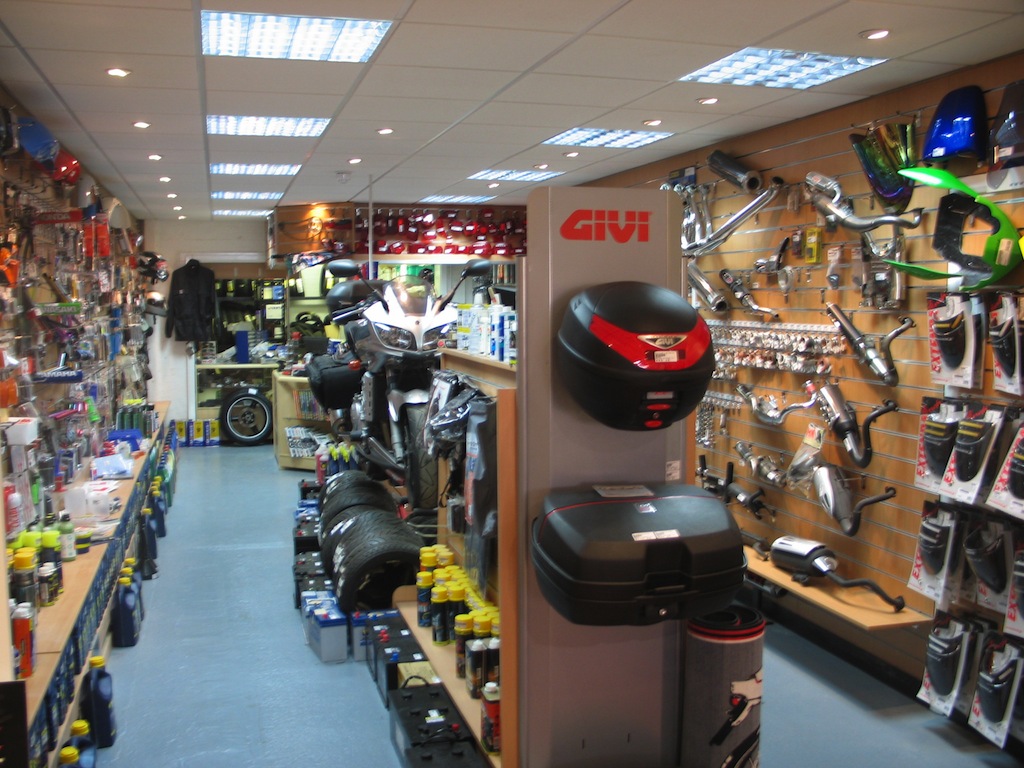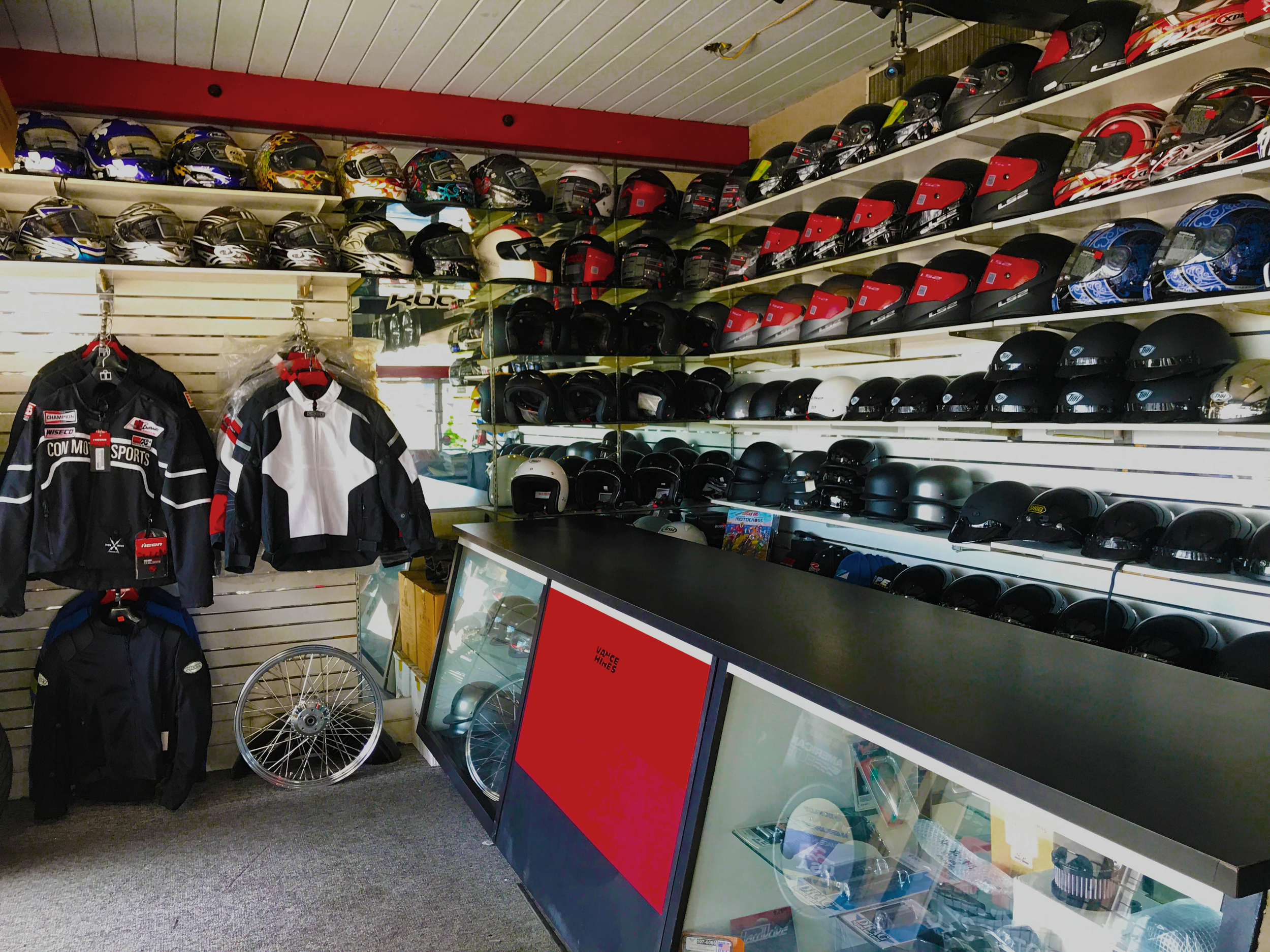Comprehending the Necessary Parts of a Motorcycle: A Comprehensive Overview for Fanatics
For motorbike enthusiasts looking to raise their riding experience and ensure their bikes run smoothly, comprehending the necessary elements of a bike is extremely important. Each element, from the engine's detailed functions to the vital duty of the stopping systems, not just impacts efficiency yet also safety and security and comfort.
Engine Elements

The camshaft plays a vital role in controlling the timing of the engine's valves, guaranteeing the precise opening and closing required for efficient gas and air intake, as well as exhaust expulsion. This timing is critical to maintaining optimum engine performance and performance. Furthermore, the carburetor or fuel shot system, depending upon the motorcycle design, is accountable for blending air with fuel in the proper proportion for combustion.
The cooling system, either air or liquid-based, works to preserve the engine's temperature level within functional limitations, preventing getting too hot and making sure durability - motox parts nz. Each component, diligently developed and incorporated, adds to the seamless procedure of the engine, defining the motorcycle's power outcome and overall performance
Transmission System
Indispensable to the motorcycle's functionality, the transmission system makes sure reliable power transfer from the engine to the wheels. This system comprises numerous vital elements, consisting of the clutch, transmission, and final drive, each playing a crucial role in equating the engine's power into movement. The clutch, normally run by a hand lever, offers to engage and disengage the engine from the transmission, permitting smooth gear modifications and regulated velocity.
The gearbox, typically described as the transmission correct, has a collection of equipments that cyclists can by hand move with to change the bike's speed and torque outcome. These gears are arranged in a sequence that allows the bike to speed up smoothly and keep optimal engine performance across numerous speeds. Most motorbikes utilize a sequential gearbox, requiring the rider to shift equipments in an established order.
Braking Mechanisms
While comprehending the transmission system is vital to harnessing a motorbike's power, just as essential is the capability to regulate and stop that power efficiently, which is where braking devices come right into play. Brakes are crucial for safety and efficiency, supplying the motorcyclist with the essential control to navigate numerous surfaces and problems. Generally, motorbikes include 2 kinds of stopping systems: disc brakes and drum brakes.
Disc brakes are a lot more common in contemporary motorbikes due to their premium performance. They include a brake disc, caliper, and pads. When turned on, the caliper squeezes the brake pads versus the spinning disc, converting kinetic power into warm, therefore reducing the wheel. This system offers far better heat dissipation, consistent efficiency, and improved stopping power, particularly in wet conditions.
On the other hand, drum brakes, though much less usual, are still discovered in some bikes. They work by pushing brake footwear against the internal surface of a drum connected to the wheel. While typically less reliable in warm dissipation and stopping power, drum brakes are simpler and more economical.
Recognizing these stopping systems' nuances permits motorcyclists to maintain their motorcycles correctly and value the design that makes sure risk-free and effective stopping.
Suspension and Guiding
Suspension and steering systems are vital parts that significantly influence a motorcycle's handling and adventure comfort. The shock absorber, containing forks at the front and shock absorbers at the back, absorbs roadway abnormalities, boosting security and control. Front forks, commonly telescopic or upside down, compress and rebound to reduce impacts, while rear shock absorbers maintain tire contact with the road, crucial for grip and safety.
Steering, focused around the handlebars, attaches the cyclist to the motorbike's directional control. The steering head bearings guarantee smooth operation, enabling exact ability to move. Correct alignment and web link maintenance of these bearings are vital for foreseeable steering feedback and reducing motorcyclist tiredness.
The suspension's adjustability is one more crucial facet; preload, damping, and rebound setups enable modification to fit various riding designs and conditions. This versatility is important for optimizing efficiency, whether browsing urban roads or tackling rugged routes. Developments like electronic suspension systems use real-time modifications, boosting experience high quality across varied terrains.

Electric Systems
After making certain a regulated and smooth experience with effective suspension and steering systems, attention turns to the electrical systems, a critical aspect of modern-day bikes. These systems play motorcycle gear shop near me an important role not only in starting the engine however likewise in powering various components that enhance the quad bike helmets performance and safety of the bike.
At the heart of a motorcycle's electric system is the battery, which stores electric energy needed for starting the engine and powering complementary systems - motorcycle parts nz. The alternator or generator, coupled with the rectifier-regulator, guarantees the battery stays charged while the bike functions, converting power right into electrical energy and maintaining voltage levels
The ignition system, one more important element, is responsible for stiring up the air-fuel blend in the engine's cylinders. Modern motorcycles commonly make use of a digital ignition system, offering better effectiveness and reliability contrasted to standard systems.
Lights systems, consisting of headlights, tail lights, and indicators, are additionally crucial, guaranteeing visibility and security for the motorcyclist. Extra digital elements such as sensing units, control devices, and shows add to advanced functions like fuel shot monitoring, anti-lock stopping systems (ABDOMINAL), and digital control panels, even more boosting the riding experience.
Conclusion
A thorough understanding of a motorbike's essential parts, consisting of the engine, transmission system, stopping mechanisms, suspension, steering, and electrical systems, is important for enthusiasts aiming to optimize performance, comfort, and safety. Mastery of these components enables for informed choices pertaining to upkeep and upgrades, eventually boosting the riding experience. By incorporating this expertise, bikers can guarantee their bikes operate at peak efficiency and dependability, thus making the most of both enjoyment and durability of their automobiles.
For bike fanatics looking to raise their riding experience and guarantee their bikes run efficiently, comprehending the essential elements of a motorcycle is extremely important.Important to the motorcycle's capability, the transmission system makes certain efficient power transfer from the engine to the wheels.While recognizing the transmission system is essential to harnessing a motorbike's power, just as vital is the capacity to manage and quit that power properly, which is where braking devices come right into play. Usually, motorcycles feature two kinds of stopping systems: disc brakes and drum brakes.
A thorough comprehension of a motorcycle's necessary elements, including the engine, transmission system, stopping systems, suspension, guiding, and electric systems, is vital for fanatics intending to enhance comfort, safety, and performance.